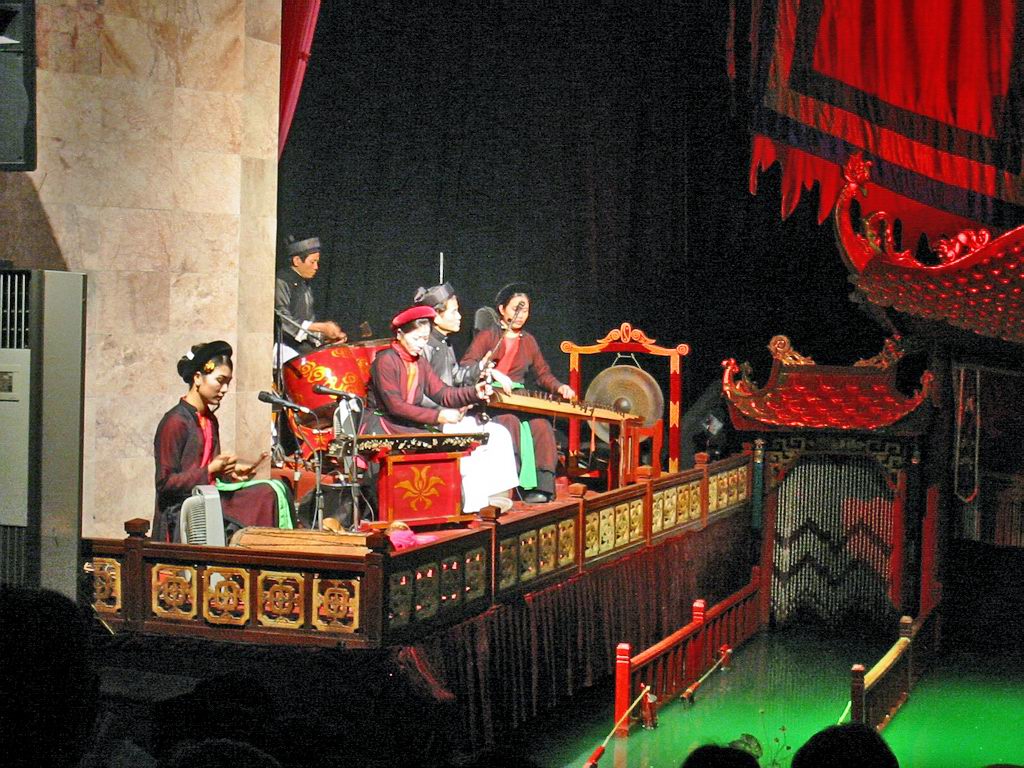Most of you are going to drink more than usual on New Year’s Eve. For some of you, it will be the only time you drink in the year; and for accomplished drinkers, well, get a designated driver — and maybe a designated bed. Things can get way out of hand.
Everything is stacked in favor of excess New Year’s Eve. Everything.
There is a long tradition of tippling. Maiden aunts hit the sherry; fathers start on dry martinis, and do not always make it to midnight; and French children are allowed watered wine. Trust the French. Also, you know you do not have to work the next day; although you will be ill-equipped to start implementing New Year’s resolutions, beyond the one never to do it again, or at least not for a year.
That other day of indulgence is March 17: St. Patrick’s Day. Do not confuse it with New Year’s Eve. St. Patrick’s is for the seasoned imbiber not the milquetoast church deacon who says “just the one” and after many flutes of Champagne, has to be helped home. New Year’s belongs not to the Irish but to the Scots. That old reprobate Robert Burns (1759-96) has his fingers all over it. He provided the excuse in a poem, “A Man’s A Man for A’ That” and a poem and song, “Auld Lang Syne.”
After the Act of Union in 1707, merging a reluctant Scotland and England, Scots’ pride was damaged and their language headed for extinction. It was the hard-living Burns who gave them back their pride and some sense of the specialness of Scotland and its clans.
The romantic movement Burns helped to ignite was further developed in the following century, when Queen Victoria showed a special affection for Scotland. She spent so much time at Balmoral Castle that some wag put a sign on Buckingham Palace which read, “This Desirable Residence To Let.” If the Queen, it is argued, had been as fond of Ireland, it might have remained part of the United Kingdom.
Be that as it may, the Scots influenced the English in the celebration of the New Year (known as Hogmanay in Scotland); and the Brits carried the Scots tradition around the world.
Of course, they also carried the native brew of Scotland around the world: Scotch became the ubiquitous drink it is today.
The Scots have always shown admirable dexterity is accommodating their Calvinism with strong drink and hard living. In the 37 years of his life, Burns fathered 14 children, nine of them with his wife, Jean; and he rivaled the English poet Lord Byron in his amorous imperialism. He also had an extravagant regard for New Year and for whisky.
The Scottish romantic movement — apart from getting us soused on Dec. 31– also spread the tradition of “first footing,” said to bring good luck to the first person across the threshold of a Scottish home on Jan. 1. Traditionally this was supposed to be a tall, dark person with a gift of salt. Standards have slipped, alas, and the revelers are more likely to be seeking more drink — or coming round the next day to apologize.
In the bad old days of journalism, when every day was a kind of New Year, there were theories aplenty of how to survive late into the night and to be in shape for the morrow. They include the following:
1. Do not mix grape and grain. Stick to wine or spirits. Do not turn yourself into a cocktail shaker.
2. Start the evening with a glass of milk, or swallow a pat of butter. This slows alcohol absorption.
3. No matter how bad you have been, take two aspirins before bed. That way you will not have to lie to God about reforming. He has heard it all before.
4. In the afternoon, read Dorothy Parker’s delicious short story, “You Were Perfectly Fine.” That should persuade you to see in the New Year in front of the television with a cup of herb tea. Cheers!

 Follow
Follow
you should go the Burns Dinner in January. Perhaps then you would not speak so harshly of the Bard.
you should go the Burns Dinner in January. Perhaps then you would not speak so harshly of the Bard.
And to think I always blamed myself! What a fool I’ve been….
And to think I always blamed myself! What a fool I’ve been….